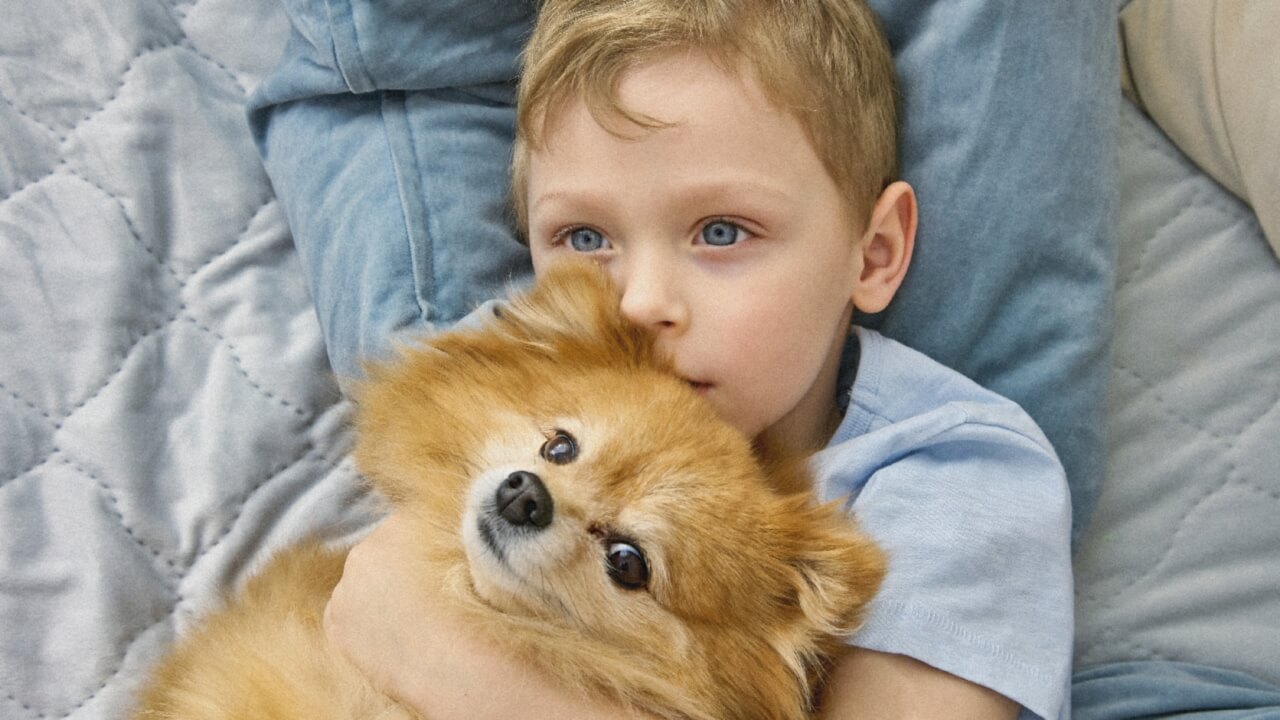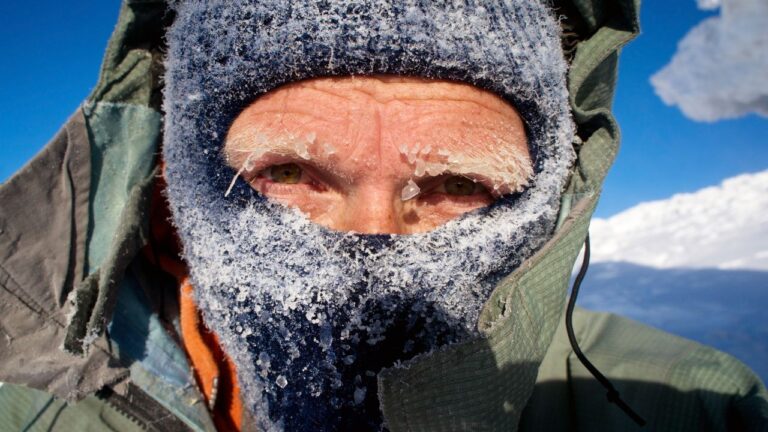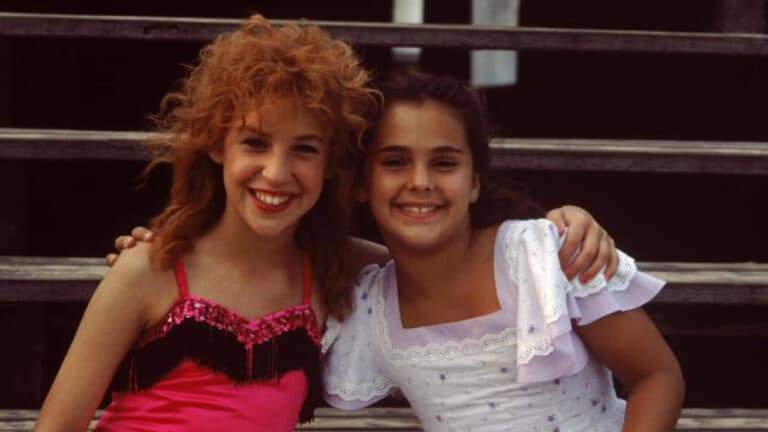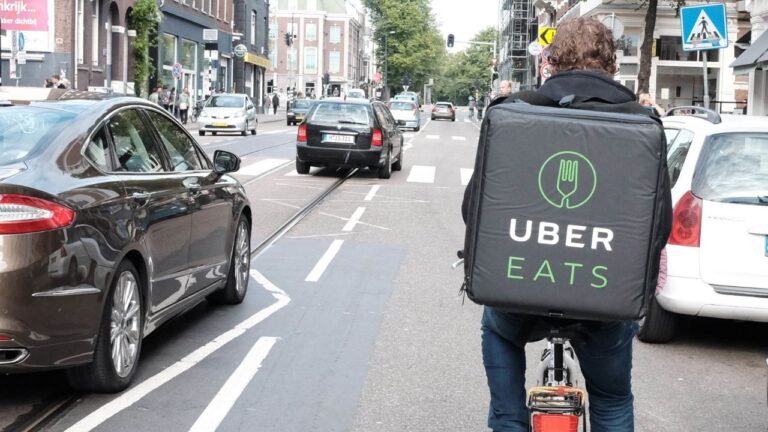13 Things All ’50s Kids Did When They Stayed Home Sick From School

The things ‘50s kids did when they stayed home sick from school are incredibly different from what kids today do. In the ‘50s, streaming services, video games, and smartphones weren’t options to keep kids busy. They found other ways to stay occupied and pass the time while everyone else was at school.
With kids back at school, sick days are sure to start soon. It can be fun to look back and compare the differences between a sick day for ‘50s kids and kids today.
You may think of plenty of other things kids did in the ‘50s, but the items on this list were popular options. Here are 13 nostalgic things that kids in the ‘50s did to pass the time when they were home sick from school.
Listened to the Radio

Listening to the radio was a popular option in the 1950s, and children relied on it when they were home sick from school. They could listen to The Adventures of Superman, Little Orphan Annie, and Captain Midnight.
The radio may have given kids a sense of having company when they were home alone and sick. Some homes had TVs by them, but most still used the radio to listen to music, hear stories, or get the news.
Watched TV

Not all homes in the ‘50s had TVs, but they were becoming more popular. Kids sick at home who had TV would watch shows like Tom and Jerry, Looney Tunes, and Popeye the Sailor.
They could also watch movies on TV, with Disney movies often being broadcast. The Wizard of Oz and Mary Poppins were also popular options broadcast on TV, among others.
They Read

Kids in the ’50s had plenty of reading choices when they stayed home from school. They would read Archie, Disney, and superhero comic books. Or, they’d opt for books like The Chronicles of Narnia, Anne of Green Gables, and Charlotte’s Web. If they had a newspaper, kids also liked to read the comic strips, with Peanuts and Little Orphan Annie being favorites.
Reading was a good way to get comfortable and distract kids from their illness. Engaging in a story gave them something to enjoy during their sick day at home.
They Played With Paper Dolls

Paper dolls were a fun choice for kids in the ‘50s. They made a doll out of paper and designed outfits to put on it. It was inexpensive and didn’t require much supervision for kids who had to rest on their sick days.
Playing with paper dolls wasn’t only a fun way to pass the time, it was also an engaging idea. Kids got to practice storytelling and use their imagination for each part of their creation. Another exciting part of paper dolls is that some magazines and books had sets you could cut out.
They Wrote letters

In the ‘50s, kids didn’t have as many ways to communicate as there are today. Instead, they opted to write letters to their friends or family members.
When they stayed home sick, writing letters was sometimes a favorite choice for entertainment while they passed the time and rested. It was the perfect time to write long letters they may not have time for after school.
They Did Puzzles

Puzzles were a fun way for kids to pass the time when they were home sick from school in the ‘50s. Jigsaw puzzles were the perfect way to pass the time when kids didn’t have someone to play with.
They could choose puzzles with images of popular characters or beautiful landscapes. Puzzles helped stimulate their brains when they couldn’t be at school and kept them entertained as they got over their illness.
They Played Games

If kids were lucky enough to have someone to keep them company when they were home sick from school in the ‘50s, they liked to play games. They would choose games like Monopoly or Scrabble to help pass the time.
Fun games for younger kids were Candy Land and Chutes and Ladders. Kids could also choose games they could do without another person, like crossword puzzles and word searches.
They Took Naps on The Couch

Like kids today, children in the 1950s napped on the couch when home sick from school. They’d choose a comfortable blanket and pillow and curl up for comfortable rest.
Since it is in the main gathering area of the home, the couch was often the best option when a child needed rest and extra care. While napping, the kids might have the radio or TV playing in the background or use a record player as their background noise.
Ate Chicken Noodle Soup

When thinking of sick-day meals, chicken noodle soup is likely one of the first things that comes to mind. Like many kids today, those in the ‘50s also ate chicken noodle soup as a comfort meal when sick.
Chicken noodle soup is easy to digest and soothing to help you get energy when you’re not up to eating other foods. The comfort and warmth of soup is something to look forward to when you’re not feeling well.
They Listened to Records

Listening to records was a fun way for kids in the ‘50s to pass the time. They could listen to music, stories, comedies, or educational choices.
Disney Records were popular because they had songs and stories from the movies. Radio shows were available on records, too, so kids could listen to their favorites to pass the time.
They Used Building Sets

Before Legos came to store shelves in the United States, kids had to use other building sets. In the ‘50s, this meant that kids would play with Lincoln Logs or Tinker Toys when they were sick at home.
Lincoln Logs are log-shaped wooden toys that fit together to create structures. Tinker Toys are colorful plastic sticks and spools that kids can imaginatively build with. Both toys still exist today, so you or your kids may have used them on a sick day.
12. Cuddled or Played With a Pet

Sick days at home could get pretty lonely, and many kids play with their pets or cuddle with them for comfort, company, and emotional support. From cats and dogs to bunnies and guinea pigs, caring for a pet also gave a feeling of normalcy.
Not everyone had a pet, so they may have spent time with their stuffed animals. Stuffed animals have always been popular, so it’s a part of a sick day routine for kids even now.
13. They Built Models

Model kits were popular in the 1950s, so if a child had one at home, it could be the perfect way to pass the time at home. These kits include everything needed to make model cars, airplanes, trains, ships, and other options.
Kids would spend their day building and painting these models, giving them an engaging activity to pass the time. It also allowed them to feel accomplished at the end of their day.





